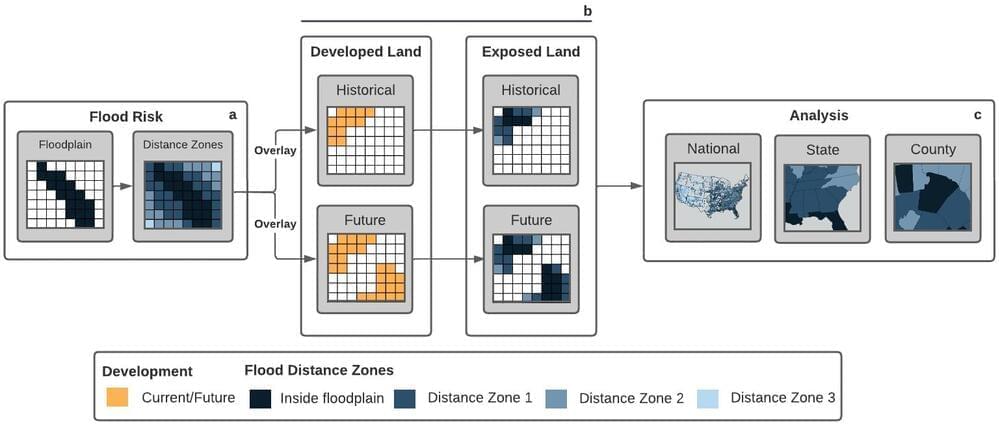Computer scientists at the University of California San Diego have developed a method for generating highly realistic computer-generated images of fluid dynamics in elements such as smoke.
This research, conducted by the UC San Diego Center for Visual Computing, was presented at the SIGGRAPH Asia 2024 conference, where it received a Best Paper Honorable Mention for its contributions to computer graphics and physics-based simulation. The paper is published in ACM Transactions on Graphics.
To demonstrate the power of their approach, the team compared an iconic photograph from the 1980 eruption of Mount Saint Helens volcano in Washington State to a computer-generated rendering of a volcanic smoke plume created using their new method. The resulting simulation captures the intricate, multi-scale billowing of the smoke plume, including its twisting, curling motion and delicate turbulence, which are hallmarks of realistic fluid behavior.








